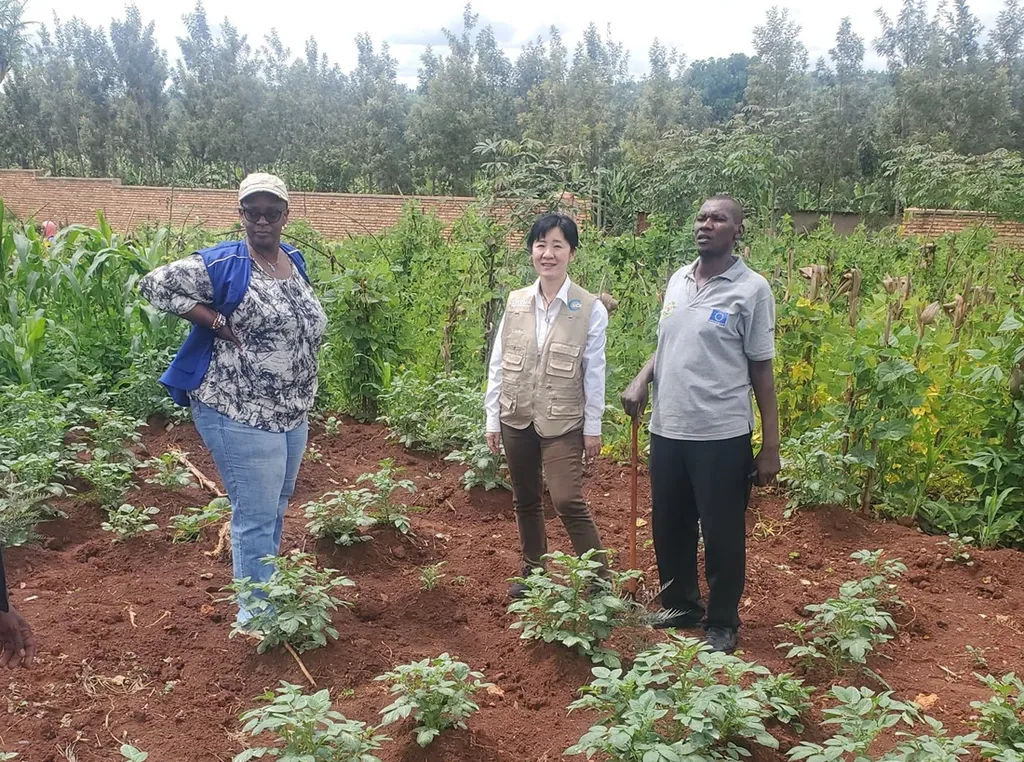In the heart of Africa, where the Congo Basin meets the Nile Crest, a silent revolution is taking root. Forest landscape restoration (FLR) is not just about planting trees; it’s about revitalizing ecosystems, enhancing livelihoods, and building resilience against climate change. A recent study published in ‘Academia Environmental Sciences and Sustainability’ (translated to English as ‘Academia of Environmental Sciences and Sustainability’) sheds light on the regulatory and socio-economic factors shaping FLR in the Congo–Nile Crest agro-ecological zone (CNC AEZ) of Rwanda. The lead author, Mucyo Ndera Tuyizere from the Climate Adaptation Team at GanzAfrica Foundation in Kigali, shares insights from this groundbreaking research.
The study, based on 150 household surveys, 15 key informant interviews, and a review of 21 regulatory frameworks, paints a vivid picture of FLR’s impact. “Ninety-eight percent of farmers are aware of FLR initiatives, and 90.6% have participated in FLR projects,” Tuyizere reveals. This high level of engagement is a testament to the potential of FLR to transform lives and landscapes.
Farmers reported a multitude of benefits, from improved climate resilience to increased income from agriculture and forest products. “We’ve seen better infrastructure and increased knowledge of sustainable practices,” Tuyizere notes. However, the journey is not without challenges. Inconsistent seed availability, lack of follow-up training, and limited financial mechanisms are hurdles that need to be overcome.
The study also highlights the promise of agroforestry, an approach that combines trees with crops and livestock. This method not only enhances restoration but also boosts food security, a critical factor for the energy sector, which often relies on stable food supplies for its workforce.
The research underscores the need for aligning policy frameworks with socio-economic realities. Community participation, quality seed provision, research, market accessibility, and cross-sectoral collaboration emerged as key recommendations for FLR success. These findings provide critical, community-informed evidence to guide FLR policy refinement and implementation in the CNC AEZ and beyond.
As we look to the future, this research could shape developments in the energy sector, particularly in regions with similar socio-ecological contexts. By integrating FLR into their strategies, energy companies can contribute to ecological resilience, support local livelihoods, and ensure a stable supply of food and resources. The path forward is clear: collaboration, innovation, and a commitment to sustainable practices. As Tuyizere puts it, “The future of FLR lies in our ability to learn from the past and adapt to the present.”

